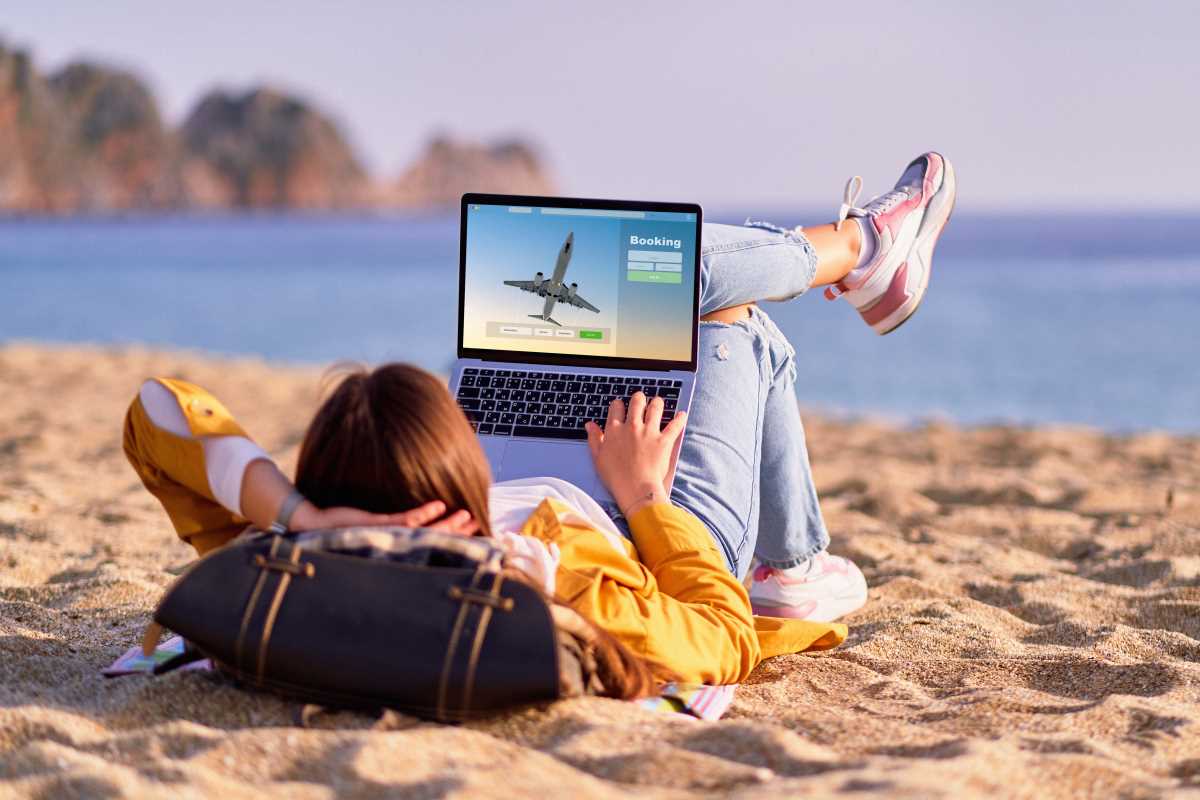Navigating public transport in a foreign country can be an enriching experience, but it requires a bit of preparation and awareness. Understanding the local customs and rules can help you travel more comfortably and avoid common pitfalls. Here’s a comprehensive guide blending the dos and don’ts of taking public transport abroad to ensure a smooth and enjoyable journey.
Do: Research Local Transport Options
Before you travel, familiarize yourself with the public transportation options available at your destination. Research the different types of transport (buses, trains, subways, trams) and how they operate. Understanding the routes, schedules, and ticketing systems will help you navigate with ease.
Don’t: Overlook Local Safety Advisories
Public transport systems may have specific safety advisories or rules, such as restrictions on carrying certain items. Ignoring these advisories can lead to fines or other complications. Always check for any posted rules or safety advisories at stations or on transport websites before you travel.
Do: Learn Basic Local Language Phrases
While many major cities have English signage, it's still beneficial to learn a few basic phrases in the local language. Knowing how to ask for directions or understand announcements can be incredibly helpful.
Don’t: Assume All Signs Are in English
Not all public transport systems will have signs in English, especially in less touristy areas. Don’t rely solely on English signage; be prepared to use maps or translation tools. Carry a map of the transport system and use translation apps if needed to navigate.
Do: Carry Small Change
Public transportation systems often require exact change or use small denominations. Carry some local currency in small bills or coins to avoid issues when purchasing tickets or fare cards.
Don’t: Forget to Validate Your Ticket
Failing to validate your ticket or using an expired fare card can lead to fines or being denied entry. Always double-check that you have the correct and valid fare for your journey. Keep an eye on your ticket’s validity and ensure it’s validated as required before boarding.
Do: Be Mindful of Local Etiquette
Different countries have different norms regarding public transport behavior. For instance, in some cultures, it’s customary to give up your seat to the elderly or disabled. Observing and respecting local customs will help you blend in and show politeness.
Don’t: Engage in Aggressive Behavior
Public transport can be stressful, but it’s important to remain calm and polite. Avoid engaging in arguments or confrontations with other passengers or staff. If you encounter a problem, address it calmly and seek assistance from transport staff if needed.
Do: Keep Your Belongings Secure
Pickpocketing can be a risk in crowded public transport settings. Keep your belongings close and be mindful of your surroundings. Use a secure bag and avoid displaying valuable items.
Don’t: Assume All Transport Is Safe at All Times
While public transport is generally safe, it's wise to remain cautious and aware of your surroundings, especially in unfamiliar areas or at night. If you’re unsure about safety, research the safety reputation of the transport system or consider alternative modes of transport.
Do: Validate Your Ticket
In many places, you need to validate your ticket before boarding. This might involve stamping it at a machine or scanning it at a turnstile. Failing to validate can result in fines or complications if checked.
Don’t: Skip Planning for Peak Hours
Traveling during rush hour can be overwhelming. If possible, plan your journeys during off-peak times to avoid crowded conditions and have a more comfortable experience. Check local guidelines for peak travel times and plan accordingly to avoid the busiest periods.
Do: Respect the Rules of Silence
In some cultures, it is considered polite to keep conversations quiet or to use headphones when listening to music. Adhering to these norms helps maintain a peaceful environment for everyone.
Don’t: Assume All Transport Is the Same
Different cities and countries have different standards and expectations for public transport. What is acceptable in one place may not be in another. Be aware of local customs and regulations, and adjust your behavior accordingly.
Navigating public transport in a foreign land can be a smooth and enjoyable experience with a bit of preparation and awareness. By following these dos and don’ts, you’ll be well-equipped to handle the challenges of public transport and make the most of your travels. Whether you’re exploring a bustling city or traveling through picturesque countryside, these tips will help ensure that your journey is both comfortable and hassle-free. Safe travels!
 (Image via
(Image via




